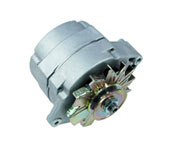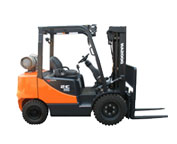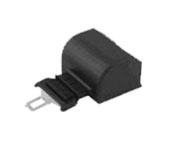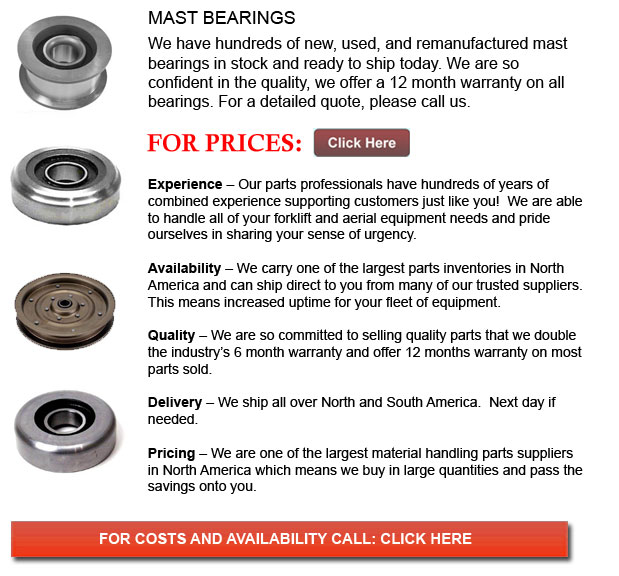
Mast Bearings - A bearing is a device which allows constrained relative motion among at least 2 parts, often in a rotational or linear procession. They could be broadly defined by the motions they permit, the directions of applied cargo they could take and in accordance to their nature of application.
Plain bearings are really widely utilized. They make use of surfaces in rubbing contact, often along with a lubricant like for example graphite or oil. Plain bearings may or may not be considered a discrete device. A plain bearing may have a planar surface which bears another, and in this particular case will be defined as not a discrete tool. It can comprise nothing more than the bearing surface of a hole with a shaft passing through it. A semi-discrete example will be a layer of bearing metal fused to the substrate, while in the form of a separable sleeve, it would be a discrete tool. Maintaining the right lubrication allows plain bearings to be able to provide acceptable accuracy and friction at minimal expense.
There are different types of bearings which can enhance reliability and accuracy and develop efficiency. In various uses, a more suitable and exact bearing can enhance operation speed, service intervals and weight size, therefore lessening the whole costs of using and purchasing equipment.
Many types of bearings with varying shape, material, application and lubrication exist in the market. Rolling-element bearings, for example, utilize spheres or drums rolling between the components to be able to lower friction. Reduced friction provides tighter tolerances and higher precision as opposed to plain bearings, and less wear extends machine accuracy.
Plain bearings are often constructed using various types of plastic or metal, depending on how dirty or corrosive the environment is and depending upon the load itself. The kind and use of lubricants can considerably affect bearing lifespan and friction. For instance, a bearing could function without whichever lubricant if constant lubrication is not an alternative for the reason that the lubricants could attract dirt that damages the bearings or tools. Or a lubricant can improve bearing friction but in the food processing trade, it can need being lubricated by an inferior, yet food-safe lube in order to prevent food contamination and guarantee health safety.
Most high-cycle application bearings need cleaning and some lubrication. Periodically, they could require adjustments to help reduce the effects of wear. Some bearings could need occasional upkeep so as to avoid premature failure, while fluid or magnetic bearings can require little maintenance.
Extending bearing life is often done if the bearing is kept well-lubricated and clean, even if, some types of operation make constant maintenance a challenging job. Bearings located in a conveyor of a rock crusher for example, are continuously exposed to abrasive particles. Regular cleaning is of little use because the cleaning operation is costly and the bearing becomes dirty once again when the conveyor continues operation.
![]() Click to Download the pdf
Click to Download the pdf
Forklift Parts








Lift Parts Express
TOLL FREE: 1-888-695-7994
Garden Grove, California
forkliftpartsgardengrove.com
Email Us
About Us



